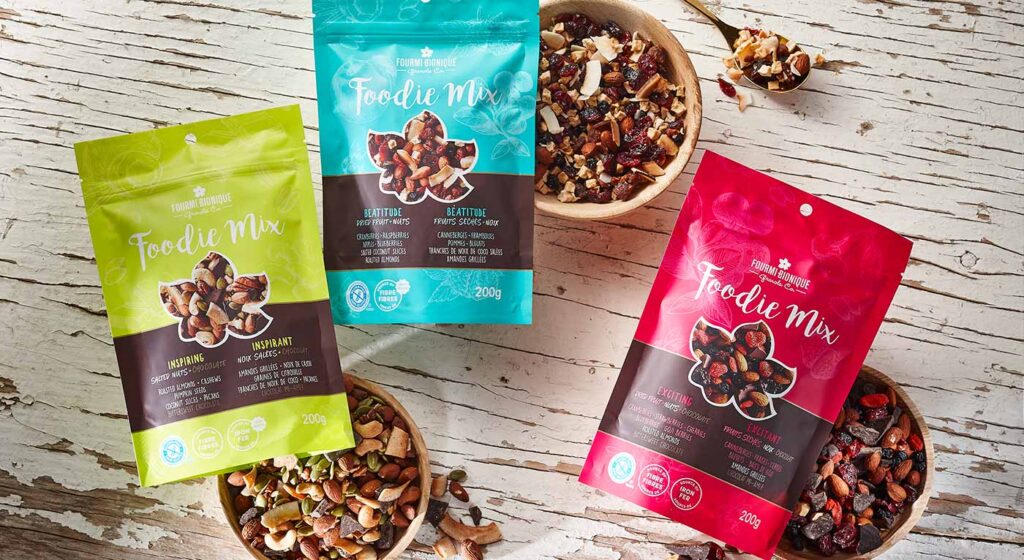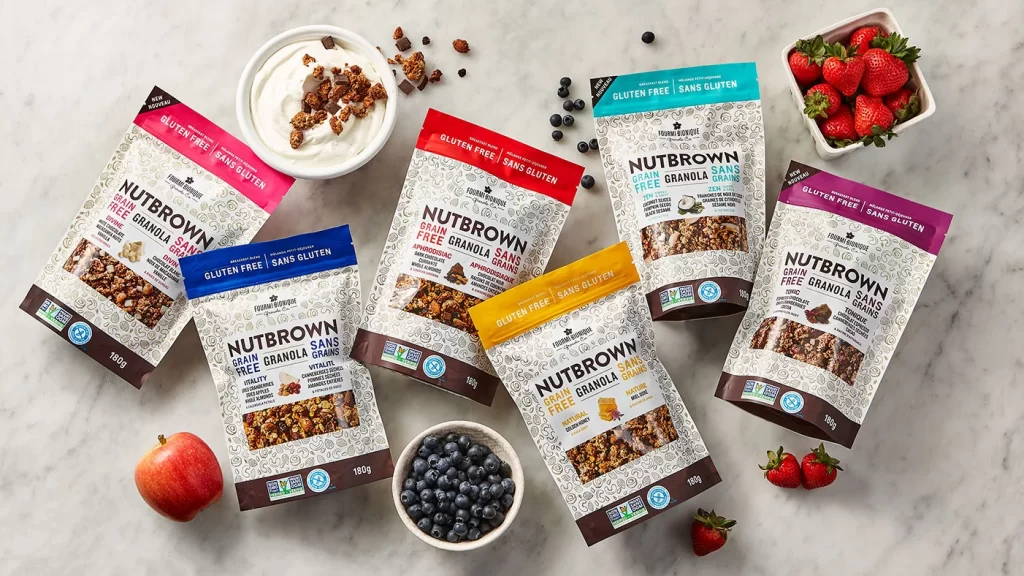How exciting spring must be for a bee. The first glimpse of sky as you fly out to a steady 10 degrees Celsius, free at last and surely still groggy from months of winter’s cold, alone and depleting nutrients. You have been dreaming (yes, bees dream too!) of this moment, the first flight to put the wings to weather and see what’s changed since the fall. Wind and sunlight, distance to blooming flowers, elevation, bloom of nectar or pollen, sugar concentration, protein content and quantity, so much to do and know and learn as you go foraging. First stop, your favourite flower, waiting in peak bloom most certainly, honoured to be her muse.
What a shock it must be to find your flowers already ravaged, and sloppily she will never bear fruit and may not return next year. The honeybees delivered to the local farm, 50,000 of them per colony, stronger and bigger, foraging further as domestication tends to do, arriving in great numbers, colonies of 40,000 to 60,000 bees each. Omnipresent, persistent generalists that will eat anything, and now there are no other flowers for miles, and you are so hungry. Better beware of the persistent diseases and viruses they leave behind to which you have no tolerance or fight.
Many of the habitats that once thrived have been turned into housing and highways, malls and monoculture parks. The imbalance has created infestations of some bugs that are annihilated before they get a chance to take out the farmer’s crop with pesticides, most commonly the ones that coat every seed they plant, the sprays they saturate the field with that leak into the water table and cannot be escaped.
When the semitrailers are loaded and the honeybee hives all gone, there’s no more pollen left, and you scavenge for anything in season hoping you can gather enough to live another winter.
The Alarming Decline of Pollinators
The abundance of flying insects has dropped by three-quarters over the last 25 years. Over 40% of invertebrate pollinator species—particularly bees and butterflies—are now facing extinction.
Why? We have not gathered enough of the research to have a comprehensive understanding of all the elements involved to make informed decisions. While many agencies have been keen to discover the culprit, we have learned that it is not quite that simple, as there are many factors compounding the problem.
Due to their highly toxic and persistent properties, pesticides affect and get accumulated in non-target organisms, including microbes, algae, invertebrates, plants as well as humans, and cause severe issues.
Their effects include removing important floral resources, causing subtle yet concerning effects on reproduction, navigation, and memory, and high-profile incidents when pesticides kill bees. Exposure to pesticides can also compound the effects of other stressors on pollinator populations, such as loss of habitat and exposure to pathogens and diseases.
The Role of Human Activity in Pollinator Decline
Bees and other pollinators are critical to the health of our ecosystems. Yet they are in serious decline due to the combination of habitat loss, disease, climate change, and exposure to pesticides such as neonicotinoids (neonics).
Light pollution alone is shown to adversely affect reproductive rates, effective courtship, vulnerability to predation, navigation, circadian rhythms, recognition of visual cues, and sensitized vision.
Like us, a variety of aggressors, like air and light pollution, invasive parasites from honeybees, poisons seeped into the watershed and the food we eat all weaken our capacity to fight off harmful bacteria and maintain our auto-immunity systems.
There is no river in Canada or vegetable we purchase in the grocery store that does not carry trace amounts of more than one pesticide. They pass safe-level standards but has anyone asked how ongoing low-level exposure can affect our health?
The safety limits are set based on testing for our healthy levels of the toxins consumption in our food, but pollinators are far more susceptible to them and we have since learned the XX properties of the most common in use are water-soluble and have seeped into the watershed and surrounding habitats. In fact, there is no river in Canada that does not have traces of it. And the threat is increasing
These facts are harsh when stated so bare, so to understand how we go tin this mess, you need to know the increase in volume of agricultural production dependent on animal pollination has grown 300% in the past 50 years. This has forced farmers to pump out more from the same land, and also apply practices that reduce imperfect products because consumers do not want to buy a tomato with a blemish and favor the big ones over the small.
Imagine the farmer looking out over his rapeseed fields, infested with cutworms just as the flowers are about to bloom and honeybees’ bees paid for to arrive in a week. Reactive solutions have saved many a crop and farm’s collapse, and the form of fertilizers and pesticides closely monitored by policy to safeguard health standards.
The Economic and Ecological Value of Native Bees
Native wild bees do not make honey, but what they do for us is far more valuable. It is estimated that the free pollination services as grazing bystanders contribute $50 billion a year to the US economy. They are more efficient on an individual basis and at particular crops than honeybees and propagate the fruits and berries that form the foundation of the food web that supports everything from songbirds to grizzly bears.
And native bees are more tolerant of a range of inclement weather conditions. Well-adapted to cooler temperatures, bumblebees warm themselves by shivering their flight muscles. They hold onto that heat with their extra heft and thick fur, enabling them to fly at 5°C and colder.
As the climate and other conditions change, wreaking havoc on honeybee populations, wild pollinators function as an ecological safety net.
“Where did the disconnect happen — why do we all of a sudden value the honeybee as our main pollinator?” Since 2010, seven of the 45 types of bumblebees native to Canada are listed as either endangered, threatened or of special concern.
For some farmers, wild bees are critical to raising a crop when spring is colder than usual. Even at a brisk 5 C, bumblebees are out, while honeybees will only fly when it’s warmer than 12°C . If the weather warms and cold again, apples will reach peak bloom and the year’s harvest depends on wild bees. Other local crops have evolved with specific native bee species and no other pollinator can harvest their pollen as effectively or not at all in a poor crop.
The Call for Resilience in Agricultural Practices
After seasons of forest fires, floods, and heat waves, there’s a sincere need to build resilient food systems that can weather the worst Mother Nature can throw at us. But an over-reliance on the European honeybee for crop pollination puts all our apples in one basket, said Sheila Colla, an ecologist at York University’s Centre for Bee Ecology, Evolution and Conservation.
In Saskatchewan and Alberta, the two provinces most affected by lack of pollinator habitat near croplands, increasing wild pollinator habitat and populations could potentially increase food production by the equivalent of 11.5 million and 4.3 million people fed, respectively, and increase farm income by approximately $1.6 billion for Saskatchewan and $597 million for Alberta.
If addressed, targeted increases in wild pollinator habitat in Canada could help provide additional nutrition for an equivalent of 30 million people annually and increase farmer income by up to $3 billion every year. We would ensure the long-term health of native pollinators and enhance the sustainability and stability of Canadian agriculture and food supply. Without these types of actions, farmers will instead have to use other, potentially more costly, ways to increase productivity or will have to rely on honeybees.
The Science Behind Pollinator Diversity
Studies have shown that the presence of insect pollinators in crop fields can increase fruit and seed production, improve fruit quality, and enhance the nutritional value of crops (Klein et al., 2007, IPBES, 2016).
For example, bumblebee species can ‘buzz’ pollinate flowers of numerous crop species, significantly increasing fruit set and weight compared to European honeybees (Cooley and Vallejo-Marín, 2021).
Also, the presence of diverse communities of pollinators is more likely to generate yield stability and avoid production declines than less diverse communities, since pollinator species differ in their foraging behaviour, activity patterns, and responses to changing conditions (Garibaldi et al., 2011, 2014).
One of the concerns with expansive monoculture farms is that “there’s a big resource pulse, a boom while it’s flowering, but then once it’s gone, it’s gone,” Liczner said. Cropland becomes a resource desert with nothing for local pollinators
The estimated number of equivalent people fed each year in Canada that depends on wild pollinators is 24.4 million.
In 2019, Canada had 45.77 million hectares of agricultural land
To provide context, the estimated equivalent number of people with nutritional needs met by these pollinators exceeds half of Canada’s population (Statistics Canada 2019).
Wild pollinators benefit a far greater number of people than estimated here by partially contributing to their nutritional needs, as an average person’s diet contains multiple sources of nutrients and energy. Also, pollinator-dependent crops significantly contribute to a healthy human diet, as they represent a substantial portion of the worldwide availability of several essential micronutrients (Eilers et al 2011).
A National Strategy for Pollinator Protection
Management practices that conserve biodiversity beneficial to agricultural production, such as intercropping, crop rotations, and on-farm diversification (Kovács-Hostyánszki et al., 2017).
A national strategy aimed at safeguarding wild pollinators has the potential to strengthen local economies and ensure the production of nutritionally essential food.
No broad-spectrum snap of policy will solve the damage we’ve done since the beginning of the industrial revolution. Some species of native bees are in drastic decline, so rather than wait until we have no choice but to respond with something drastic and understudied, let’s go the natural way and each take responsibility for our few inches of space on the Earth, give them up to the pollinators, and live in harmony as they do.
When native bees disappear, they disappear forever. Perhaps they can come live with you.
They buzz between us still, so small, so free and wild, so crucial to our wellbeing, and yet we hardly know them at all. There is a great gap in the studies conducted and the research required to safely draft a national bee-saving strategy, so won’t you help by inviting them into your garden where you can learn to observe who they are and how they bring your world joy.


